PUBLISHER: Amy Marson CREATIVE DIRECTOR: Gailen Runge ACQUISITIONS EDITOR: Roxane Cerda MANAGING EDITOR: Liz Aneloski EDITORS: Liz Aneloski and Katie Van Amburg TECHNICAL EDITOR: Helen Frost COVER/BOOK DESIGNER: April Mostek PRODUCTION COORDINATOR: Tim Manibusan PRODUCTION EDITOR: Alice Mace Nakanishi ILLUSTRATOR: Mary E. Flynn PHOTO ASSISTANT: Mai Yong Vang COVER AND STYLE PHOTOGRAPHY by Lucy Glover and
INSTRUCTIONAL PHOTOGRAPHY by Mai Yong Vang of C&T Publishing, Inc., unless otherwise noted Published by C&T Publishing, Inc., P.O. Box 1456, Lafayette, CA 94549 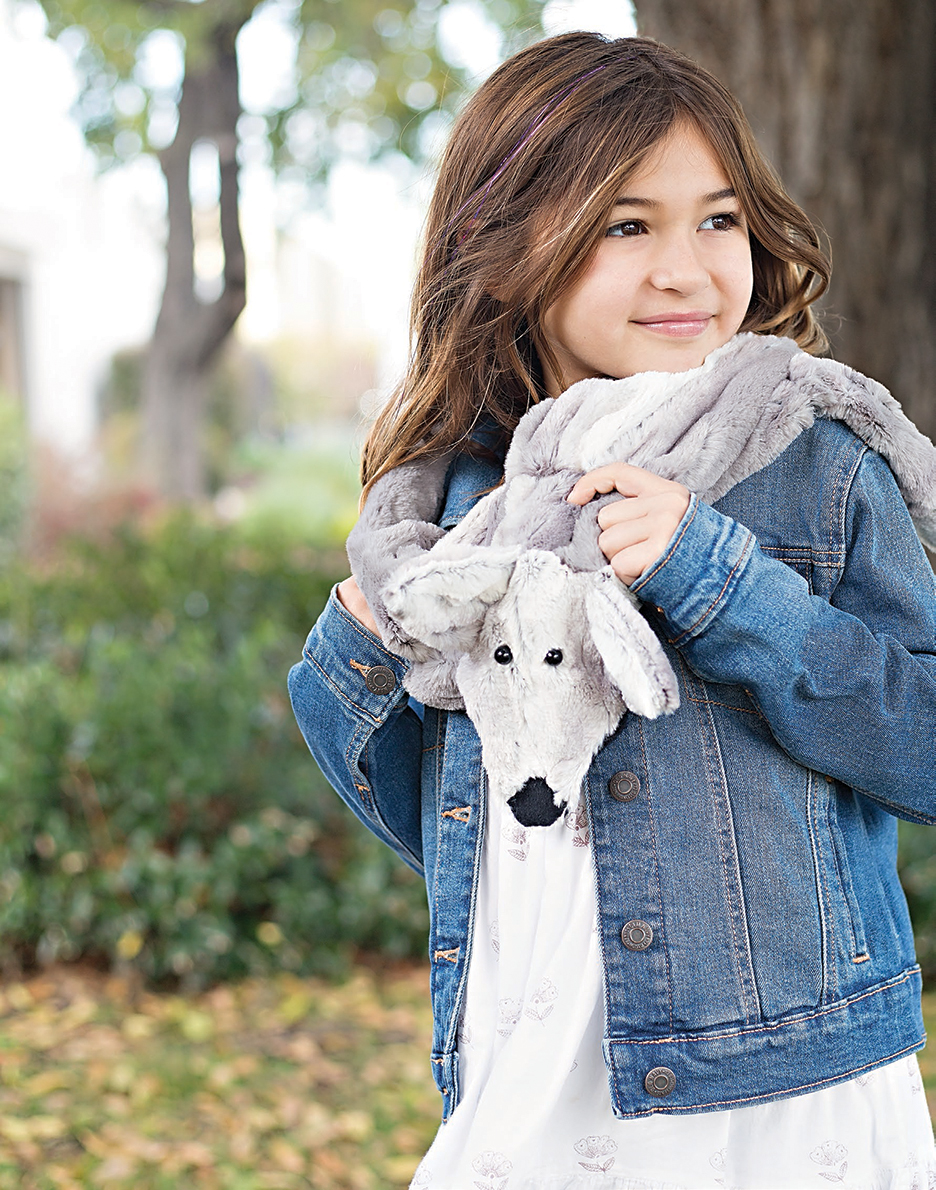 dedication I dedicate this book to my mother, who has been deceased for many years. She was my coach, my sewing teacher, and the person that taught me everything about sewing with different substrates. It can be tricky to sew with lots of different types of fabric, and she taught me not to be afraid to try all kinds. As a result, I love to incorporate many textures and fibers into my sewing.
dedication I dedicate this book to my mother, who has been deceased for many years. She was my coach, my sewing teacher, and the person that taught me everything about sewing with different substrates. It can be tricky to sew with lots of different types of fabric, and she taught me not to be afraid to try all kinds. As a result, I love to incorporate many textures and fibers into my sewing.
That is why I was so excited when plush fabrics came onto the market, along with the sumptuous double gauzes and suede. I knew I had to write a book about this topic. Thanks, Mom, for creating a courageous seamstress. acknowledgments I would like to acknowledge all the great people at C&T Publishing for all the work they do with me. I also would like to acknowledge everyone at Shannon Fabrics, especially the sales and marketing people. They have been extremely helpful in providing supplies and inspiration.
I also need to acknowledge the helpful staff that I have at the shop. They put in extra hours so that I could get this book done. Well done, ladies! 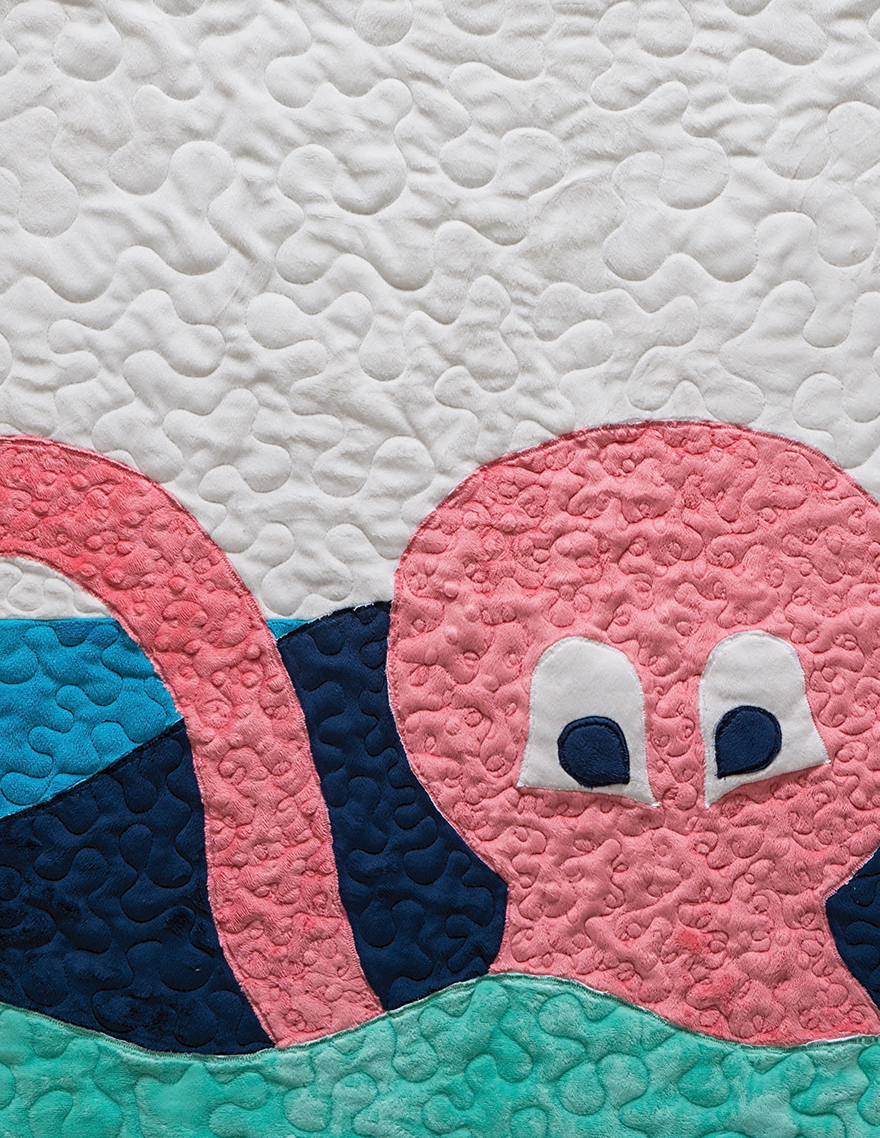 general tips and instructions for minky cuddle fabric Minky cuddle is the most wonderful fabric to work with: Its soft, forgiving, and very attractive when made into a number of different things. However, like any substrate other than plain cotton, there can be some tricks to working with it. For example, you cannot use an iron with minky cuddle.
general tips and instructions for minky cuddle fabric Minky cuddle is the most wonderful fabric to work with: Its soft, forgiving, and very attractive when made into a number of different things. However, like any substrate other than plain cotton, there can be some tricks to working with it. For example, you cannot use an iron with minky cuddle.  Minky cuddle fabric is made from polyester.
Minky cuddle fabric is made from polyester.
It has some stretch and give, but not as much as one might think. using a fabric with stretch When sewing with fabric with some give, here are some things to keep in mind. Most often, it has more stretch in one direction than the other. Find out where the stretch is, and take this into consideration when cutting, especially when cutting pattern pieces. Sometimes, a little stretch can work in your favor. However, make sure not to allow something to be uneven and then decide to stretch it in the end to make up for the unevenness.
This wont make for a nice-looking finished product. There are ways to keep fabric from stretching, including products that help with this. How to Keep Fabric from Stretching Apply a strip of sticky stabilizer to the seamline. If you dont want the extra bulk after youre done sewing the seam, using a stabilizer that washes away is the perfect solution. A couple that work beautifully are Wash-Away Stitch Stabilizer (by C&T Publishing) and Sulky Sticky Fabri-Solvy Stabilizer. Another product that works well is my Tear-Perfect Maker Tape (by C&T Publishing).
This tears on a grid, so you can easily tear a strip. Lay the strip right next to the edge that is vulnerable to stretching, and sew a seam there. You can easily remove it without leaving any residue, and you can reuse it for the next piece. 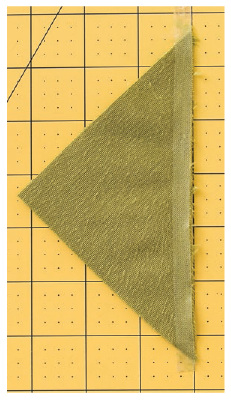 Good old-fashioned stay stitching works every time. Use a longer stitch and sew along the edge of the fabric, usually within the seam allowance so that it doesnt show when the seam is actually made.
Good old-fashioned stay stitching works every time. Use a longer stitch and sew along the edge of the fabric, usually within the seam allowance so that it doesnt show when the seam is actually made. 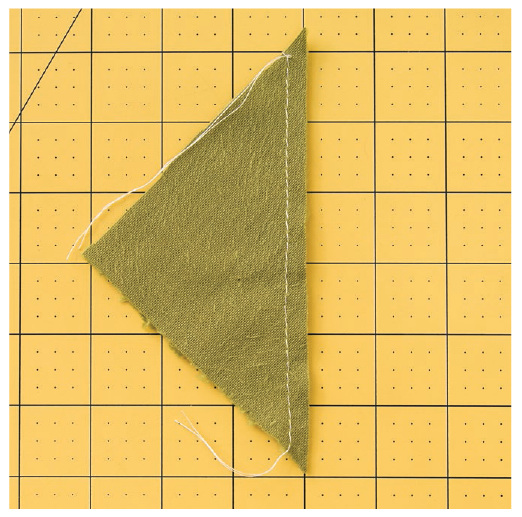 Apply stabilizer to the entire piece of fabric.
Apply stabilizer to the entire piece of fabric.
This can be tricky, since you cannot use a hot iron on minky cuddle. Stabilizers that stick without having to be heated work well. Adhesive sprays can also be sprayed to the piece of fabric, and then the fabric can be adhered to a stable piece of fabric, such as muslin or nonfusible interfacing. If you use an adhesive spray, make sure youre in a well-ventilated area. 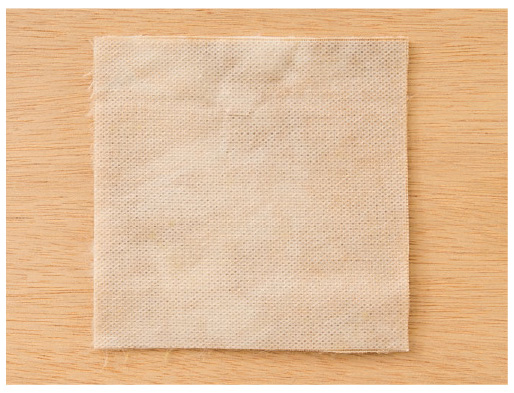 what about shedding? Many people come into my shop and say that they dont want to work with minky cuddle because it sheds. Well, the shedding is manageable and the end result is so worth any trouble encountered with the fibers.
what about shedding? Many people come into my shop and say that they dont want to work with minky cuddle because it sheds. Well, the shedding is manageable and the end result is so worth any trouble encountered with the fibers.
Shedding does not occur from the fabric itself until it is cut, and stops completely after you shake the fabric and the edges are no longer fresh. How to Manage Shedding If its a nice day, move the cutting table out into the open air and cut the fabric outdoors. You probably need that vitamin D anyway! Handle the fabric gently after cutting, and then move to a door and shake the fabric vigorously outside. Apply a wide piece of painters tape to the fabric where you plan to cut it. Cut across the tape and remove the tape when finished. 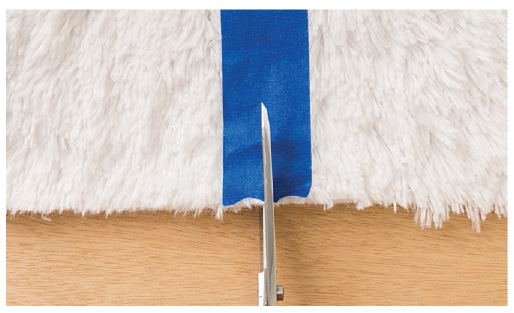 Use a portable vacuum to suck up the fibers immediately after cutting.
Use a portable vacuum to suck up the fibers immediately after cutting.
You can even vacuum the edge of the piece that youve cut if you have a vacuum that allows you to decrease the amount of suction. SHAGGY CUDDLE AND FAUX FUR Shaggy cuddle and faux fur are lovely to work with and have an element of playfulness. Dont shy away from these wonderful products because of the shedding. Flip the fabric over to the wrong side. Slip the tip of the scissors under the fabric. 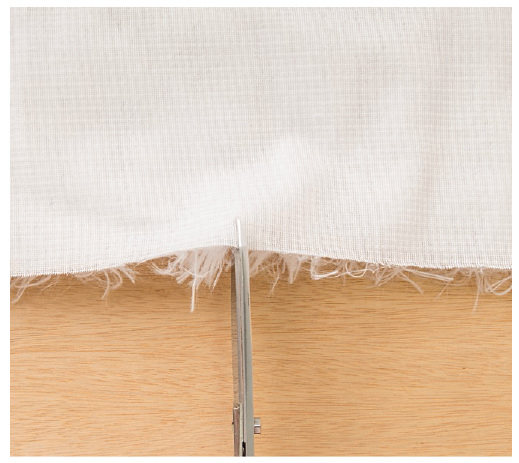 This works very well.
This works very well.  This works very well.
This works very well.
By making a shallow cut, you dont cut the actual fibers, just the fabric that the fibers are attached to. It will still shed a bit, but markedly less. Part the fabric from the right side with an index card or a comb, and apply wide painters tape to the nap. Its kind of like parting your hair. Cut along the base fabric. 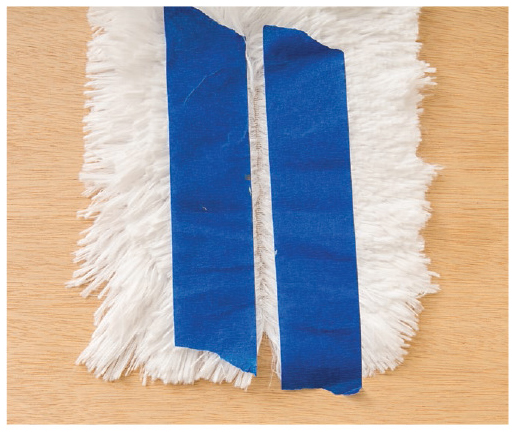 appliqueing with minky cuddle If youre a fan of appliqu, doing it with minky cuddle is the most funever.
appliqueing with minky cuddle If youre a fan of appliqu, doing it with minky cuddle is the most funever.
Since you cannot use an iron, I recommend using a stabilizer where the glue is already activated and does not need to be heat set, such as Wash-Away Stitch Stabilizer (from C&T Publishing) or Sulky Sticky Fabri-Solvy Stabilizer. By using a stabilizer that is already sticky, you can stick it to the appliqu piece and pin or spray it in place. Adhesive sprays work well, but be mindful to use them in a well-ventilated area. You dont need to finish the edges because minky cuddle doesnt fray! If you are appliquing something to the cuddle that does fray, use the above directions, and then sew the piece to the cuddle using a zigzag stitch. making sewing with minky cuddle easier Sewing with minky cuddle can look intimidating, but if you follow a few simple rules, you wont have any trouble whatsoever. Always use a walking foot.
Next page


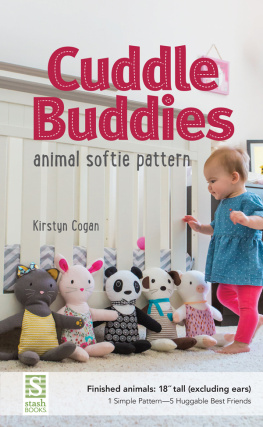
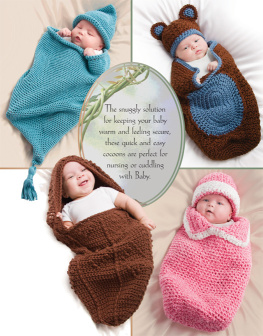
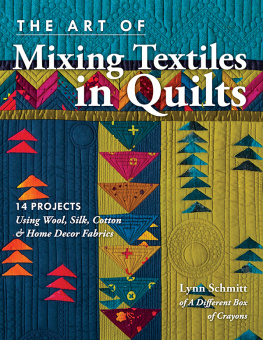
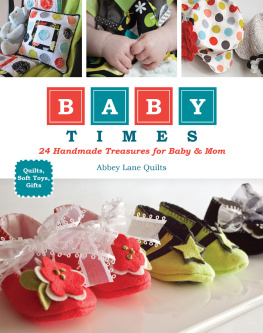
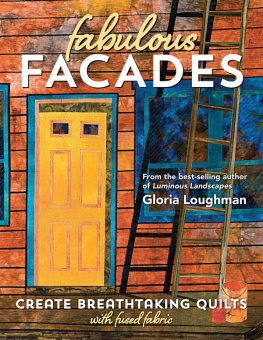
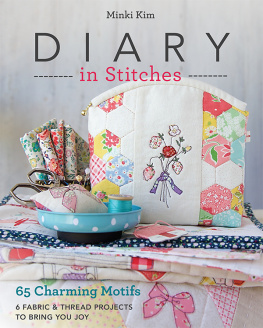


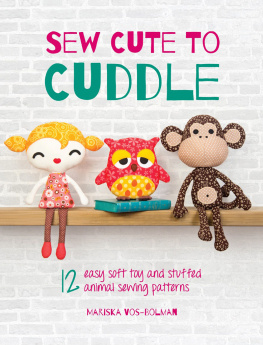

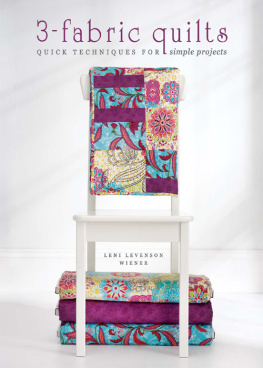
 dedication I dedicate this book to my mother, who has been deceased for many years. She was my coach, my sewing teacher, and the person that taught me everything about sewing with different substrates. It can be tricky to sew with lots of different types of fabric, and she taught me not to be afraid to try all kinds. As a result, I love to incorporate many textures and fibers into my sewing.
dedication I dedicate this book to my mother, who has been deceased for many years. She was my coach, my sewing teacher, and the person that taught me everything about sewing with different substrates. It can be tricky to sew with lots of different types of fabric, and she taught me not to be afraid to try all kinds. As a result, I love to incorporate many textures and fibers into my sewing. general tips and instructions for minky cuddle fabric Minky cuddle is the most wonderful fabric to work with: Its soft, forgiving, and very attractive when made into a number of different things. However, like any substrate other than plain cotton, there can be some tricks to working with it. For example, you cannot use an iron with minky cuddle.
general tips and instructions for minky cuddle fabric Minky cuddle is the most wonderful fabric to work with: Its soft, forgiving, and very attractive when made into a number of different things. However, like any substrate other than plain cotton, there can be some tricks to working with it. For example, you cannot use an iron with minky cuddle.  Minky cuddle fabric is made from polyester.
Minky cuddle fabric is made from polyester. Good old-fashioned stay stitching works every time. Use a longer stitch and sew along the edge of the fabric, usually within the seam allowance so that it doesnt show when the seam is actually made.
Good old-fashioned stay stitching works every time. Use a longer stitch and sew along the edge of the fabric, usually within the seam allowance so that it doesnt show when the seam is actually made.  Apply stabilizer to the entire piece of fabric.
Apply stabilizer to the entire piece of fabric. what about shedding? Many people come into my shop and say that they dont want to work with minky cuddle because it sheds. Well, the shedding is manageable and the end result is so worth any trouble encountered with the fibers.
what about shedding? Many people come into my shop and say that they dont want to work with minky cuddle because it sheds. Well, the shedding is manageable and the end result is so worth any trouble encountered with the fibers. Use a portable vacuum to suck up the fibers immediately after cutting.
Use a portable vacuum to suck up the fibers immediately after cutting. This works very well.
This works very well.  appliqueing with minky cuddle If youre a fan of appliqu, doing it with minky cuddle is the most funever.
appliqueing with minky cuddle If youre a fan of appliqu, doing it with minky cuddle is the most funever.